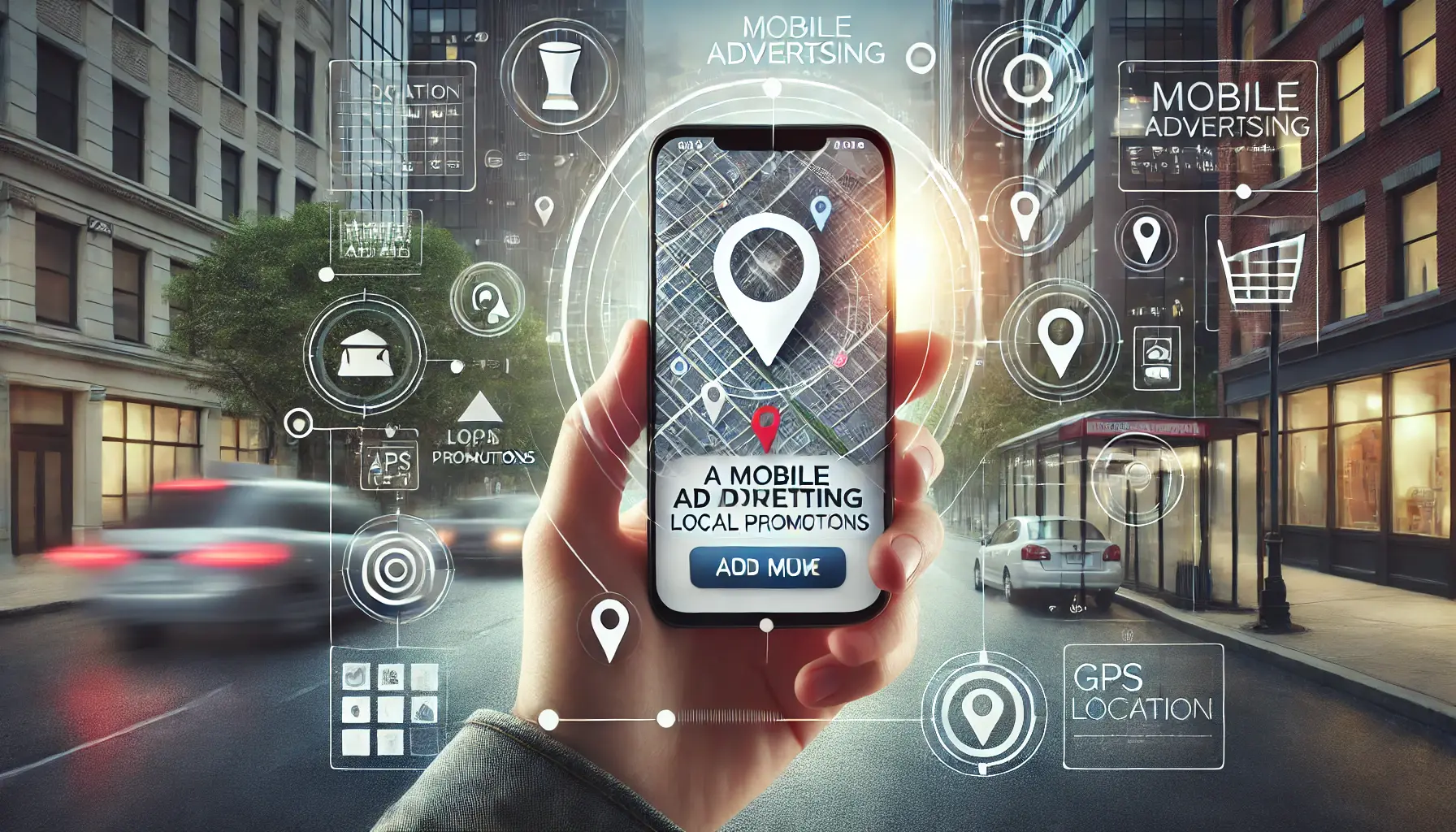In the ever-evolving world of digital marketing, staying ahead of the curve means embracing innovative tools and strategies.
One such game-changer happens to be the use of interactive ads.
Unlike static ads of old, this new breed encourages audiences to join in, participate, and connect on a deeper level with the brands.
They are no longer about relaying messages but about crafting experiences.
But what makes interactive ads so effective, and why should you consider integrating them into your campaigns?
Let’s explore this exciting advertising format in detail.
- What Are Interactive Ads and Why Are They Effective?
- Top Benefits of Using Interactive Ads
- 8 Features to Transform Your Interactive Ads Strategy
- How to Optimize Interactive Ads for Google Ads Campaigns
- Future Trends in Interactive Advertising
- The Power and Potential of Interactive Ads
- Frequently Asked Questions About Interactive Ads
What Are Interactive Ads and Why Are They Effective?
Interactive ads are a game-changer in the field of digital marketing, presenting dynamic and engaging content that invites users to interact rather than simply consume information.
These advertisements are built to engage an audience in a way that is both memorable and effective, more so than their traditional counterparts.
But why are they so effective, exactly?

Visual representation of key characteristics of Interactive Ads in digital marketing.
Defining Interactive Ads: Key Characteristics
Interactive ads are more than just static images or videos.
They allow users to interact with the content through actions such as clicking, swiping, and even speaking.
The defining features of interactive ads include:
- Two-way interaction: Unlike traditional ads, these actually encourage a response from users.
- Customization: Ads are often personalized to the viewer’s preferences and behaviors.
- Real-time feedback: Users can instantly see the results of their interactions, enhancing engagement.

Illustration highlighting the role of interactivity in shaping modern advertising strategies.
The Role of Interactivity in Modern Advertising
Modern consumers are bombarded with advertisements daily, making it harder for brands to stand out.
Interactivity provides a way to break through this noise by offering unique and memorable experiences.
By allowing users to control their ad experience, interactive ads foster a sense of agency and connection with the brand.

Illustration showing the importance of engagement metrics in driving successful digital marketing strategies.
Why Engagement Metrics Matter in Digital Marketing
Engagement metrics, such as clicks, time spent on the ad, and user actions, are critical indicators of an ad’s success.
Interactive ads naturally drive higher engagement metrics, as they require users to actively participate.
This not only boosts brand recall but also increases the likelihood of conversions.
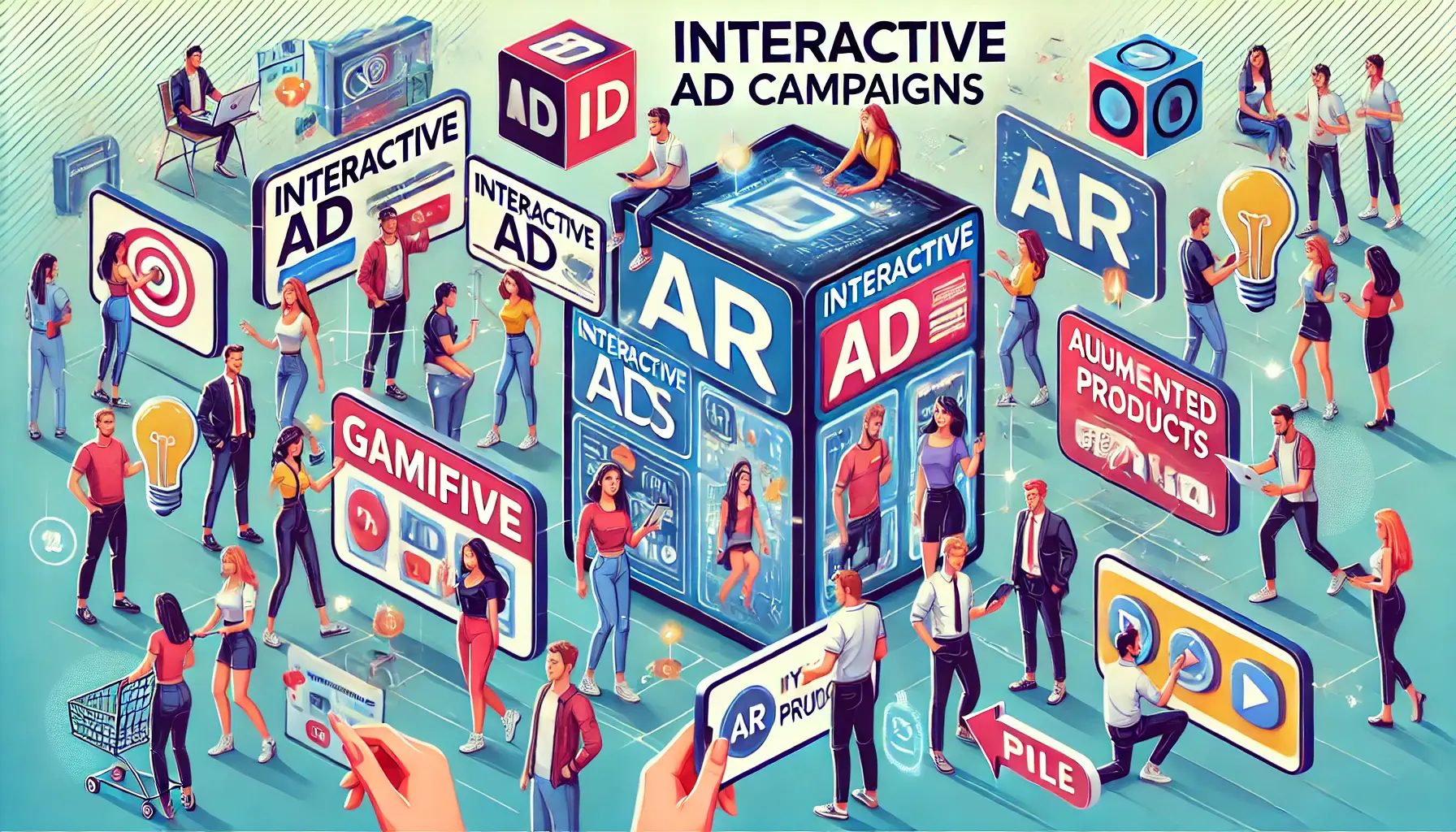
Illustration depicting the success of interactive ad campaigns through user engagement with AR, gamification, and quizzes.
Examples of Successful Interactive Ad Campaigns
Several brands have leveraged interactive ads to achieve remarkable results.
For instance:
- Gamified ads: Brands like Nike have created challenges and competitions to engage users through gamification.
- Augmented Reality (AR): Furniture brands like IKEA let users place virtual furniture in their homes using AR-powered ads.
- Quizzes and polls: Interactive quizzes by brands like BuzzFeed have generated personalized recommendations that retain an audience.
Interactive ads are the future, merging creativity with data-driven approaches in effective campaigns.
As we begin to take a closer look at their advantages, you will understand just why they have become important tools for contemporary marketers wanting to maximize digital outreach.
Interactive ads bridge the gap between brand and audience by fostering participation and engagement, making them memorable and impactful.
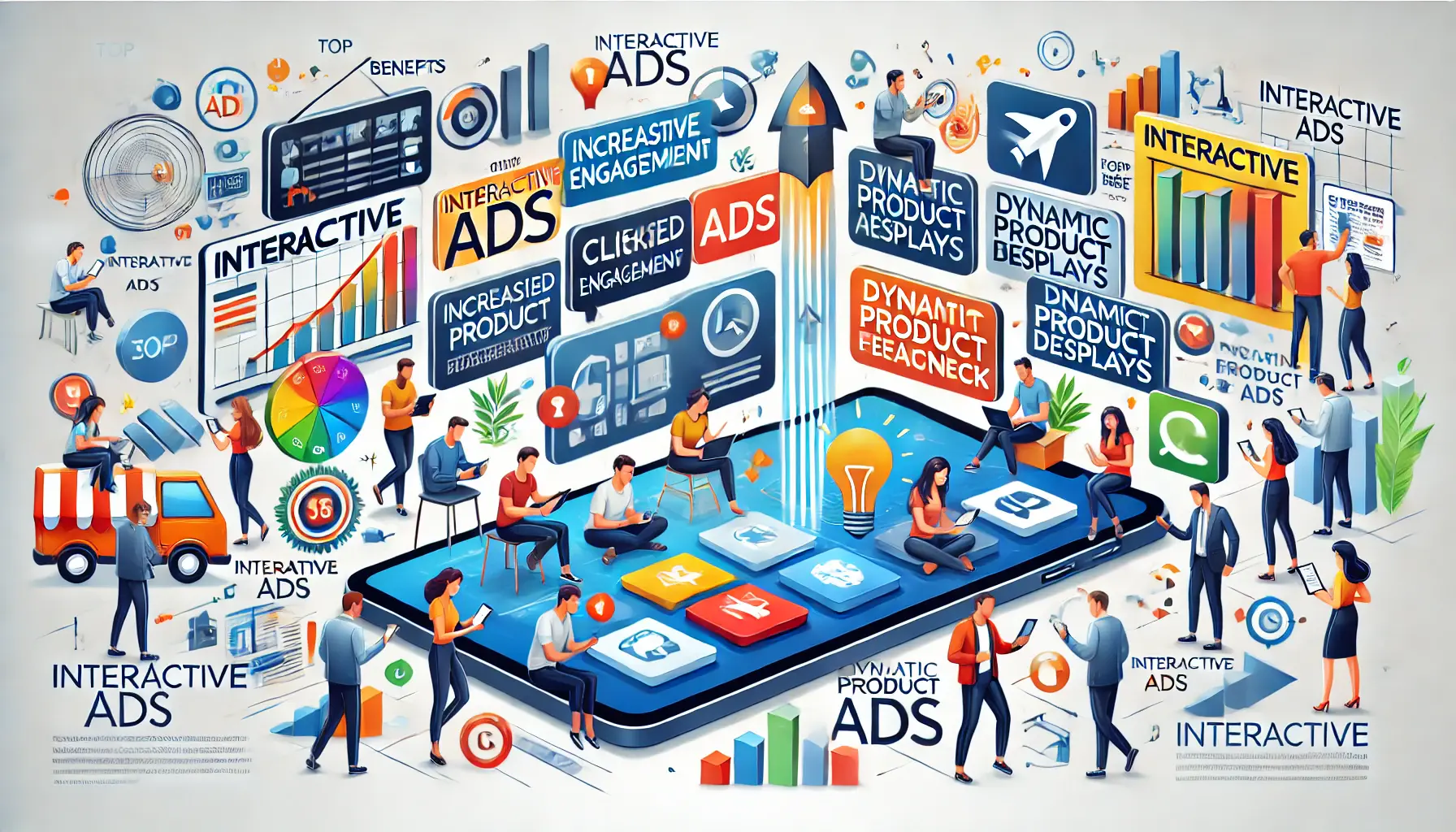
Illustration depicting the top benefits of interactive ads, such as higher engagement and increased conversions.
Top Benefits of Using Interactive Ads
The digital advertising landscape is crowded, and capturing audience attention has become increasingly challenging.
This is where interactive ads shine.
By engaging users in a meaningful way, these ads not only captivate but also deliver measurable benefits that traditional advertisements struggle to achieve.
Let’s delve into the key advantages of incorporating interactive ads into your marketing strategy.
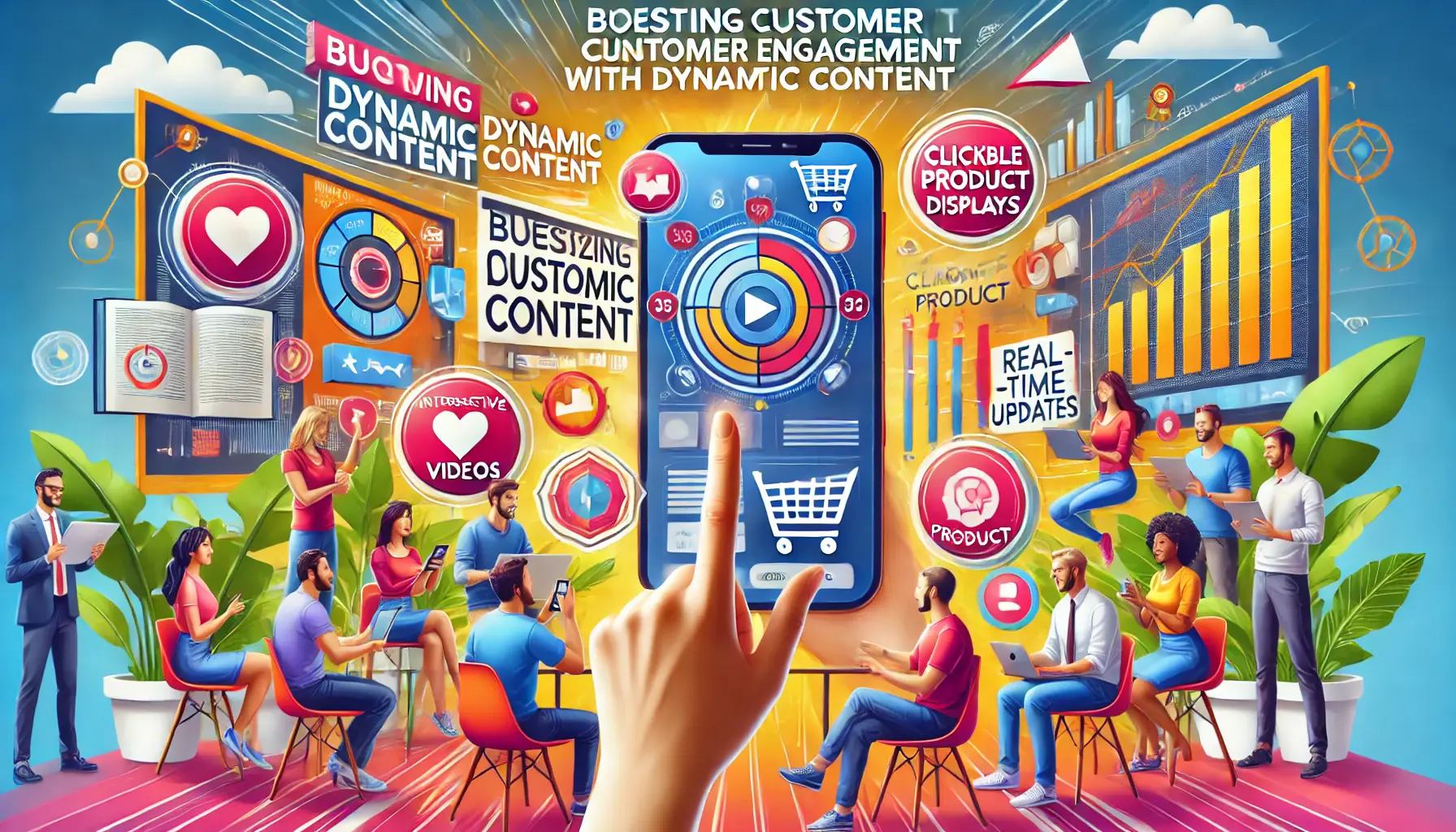
Illustration depicting the impact of dynamic content on boosting customer engagement in digital marketing.
Boosting Customer Engagement with Dynamic Content
Interactive ads engage users and make them part of the brand story.
Whether it’s swiping, clicking, or answering questions, the interaction creates a sense of investment.
This heightened engagement often translates into longer view times and higher click-through rates compared to static ads.
- Engaged users are more likely to remember the brand message.
- Dynamic content ensures that ads remain fresh and relevant.
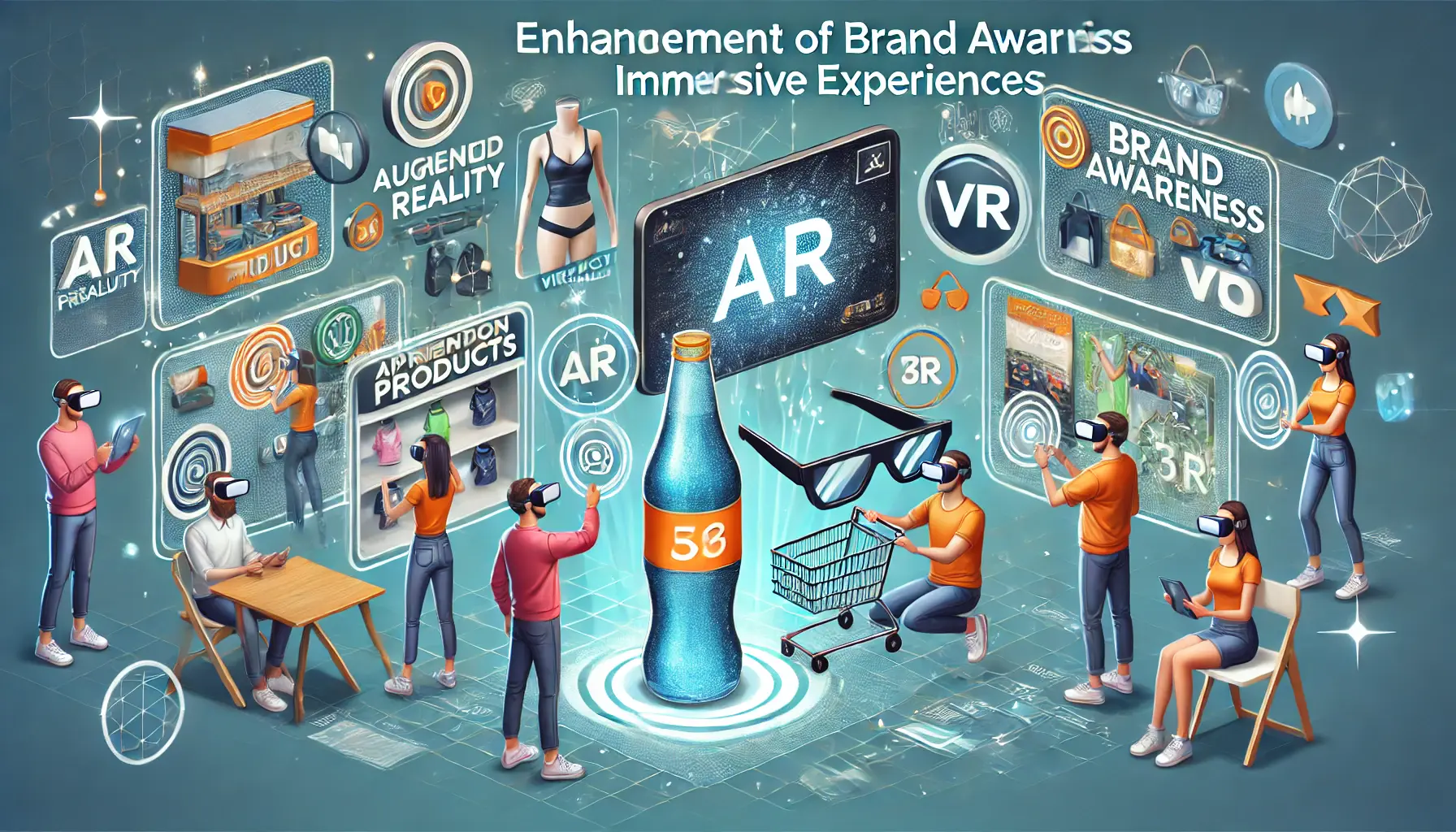
Illustration showcasing the use of immersive experiences to enhance brand awareness through AR and VR in digital marketing.
Enhancing Brand Awareness Through Immersive Experiences
Brands that use interactive ads stand out in the crowded digital space.
Immersive features like 360-degree videosVideos that allow users to navigate and view content from all angles for an immersive experience. and augmented realityA technology that overlays digital information on the real world, enhancing the user's perception. allow users to explore products and services in ways that static ads cannot.
These unique experiences create stronger connections and foster brand loyalty.
- Immersive ads create memorable brand impressions.
- They position brands as innovative and customer-focused.

Illustration depicting the use of interactive elements to drive higher conversion rates in digital marketing.
Driving Conversion Rates with Interactive Elements
Interactivity is directly linked to conversions.
Features like click-to-buy buttons or personalized product recommendations guide users seamlessly through the buyer’s journey.
By reducing friction in the decision-making process, interactive ads drive higher conversion rates.
- Interactive CTAs (Call-to-Actions) encourage immediate responses.
- Personalized recommendations increase purchase intent.

Illustration showcasing the influence of personalized experiences on consumer decisions in digital marketing.
Personalization and Its Impact on Consumer Behavior
Today’s consumer requires personalization in their experience, and interactive ads provide that.
These ads curate personalized content based on user data to make the advertisements more appealing and effective.
Personalized ads show better results for target audiences, increasing customer satisfaction and improving brand perception.
By leveraging the unique strengths of interactive ads, marketers can drive more than mere engagement; they can drive real results.
The benefits don’t stop at higher metrics: they translate into strong customer relationships.
In the following section, we shall take a closer look at those key features that truly set these ads apart from any other.
Interactive ads deliver measurable advantages, including enhanced engagement, higher conversion rates, and improved brand loyalty.
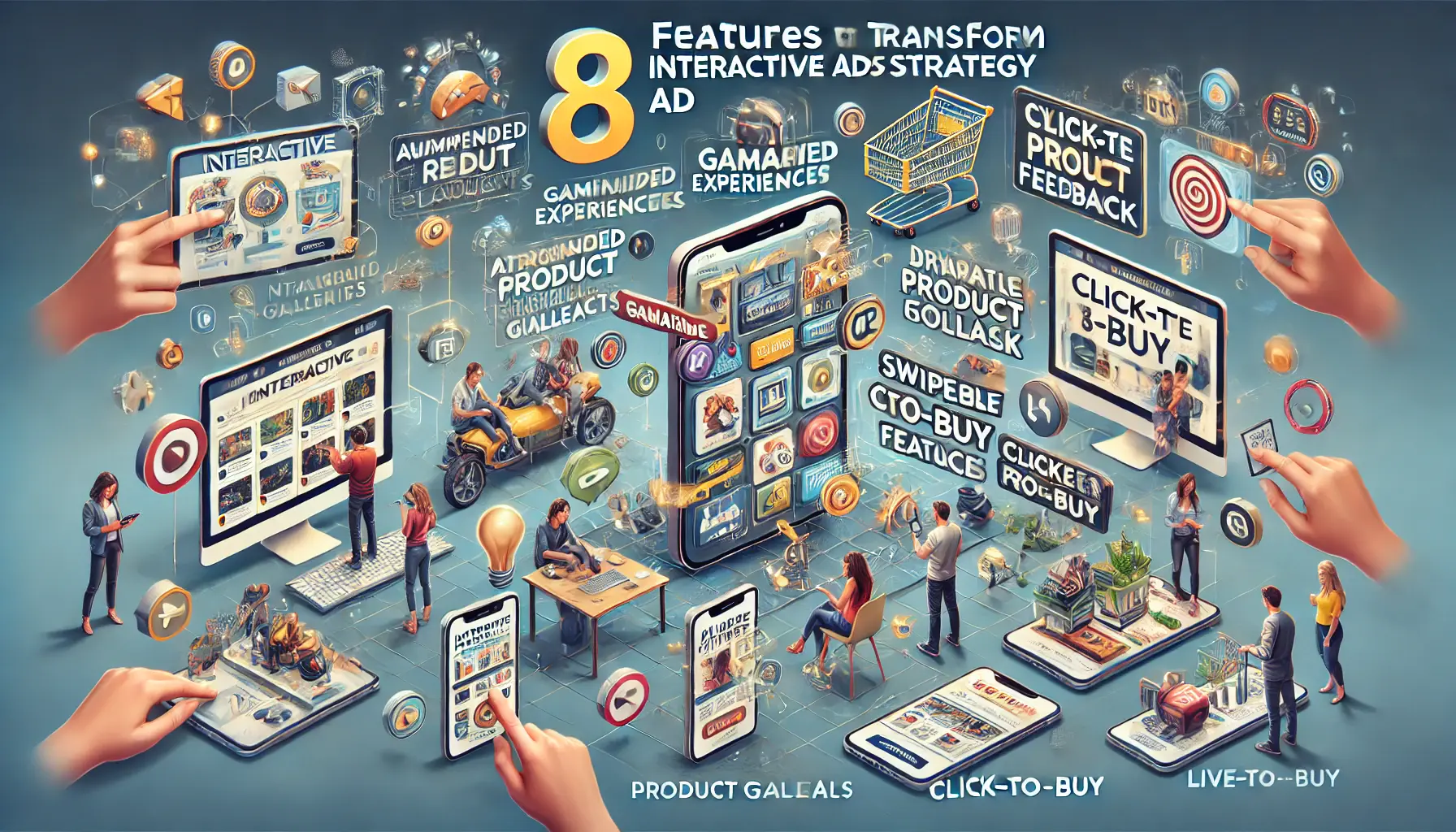
Illustration depicting 8 transformative features that enhance interactive ad strategies and user engagement.
8 Features to Transform Your Interactive Ads Strategy
As digital advertising continues to evolve, incorporating the right features into your interactive ads can significantly enhance their impact.
By leveraging innovative tools and techniques, you can create engaging and memorable experiences that drive user participation and achieve your marketing goals.
Here are eight must-have features to take your interactive ads to the next level.

Illustration depicting the gamification of digital advertising, with users participating in interactive challenges and earning rewards.
1. Gamification: Adding Fun and Incentives
Gamified elements turn advertisements into enjoyable challenges or games, encouraging users to engage voluntarily.
Whether it’s through quizzes, puzzles, or competitions, gamificationThe application of game-design elements, such as points or rewards, to non-game contexts to engage users. fosters user participation and increases brand recall.
- Increases time spent on ads by providing entertainment.
- Encourages repeat interactions through rewards and leaderboards.

Illustration of a user immersed in a 360-degree video experience, showcasing the power of immersive storytelling in digital advertising.
2. 360-Degree Videos for Immersive Storytelling
360-degree videos allow users to view content from every angle, making the experience immersive.
This feature works wonders for industries like tourism, real estate, and automotive, where a complete view can be impactful.
- Enhances engagement by providing a virtual experience.
- Makes comprehension of complex products or environments easier.

Illustration showcasing the use of interactive polls and surveys to gather insights from users in digital marketing.
3. Interactive Polls and Surveys to Gather Insights
Interactive polls and surveys not only engage users but also provide valuable data about their preferences and opinions.
These insights can be used to refine your advertising strategy and personalize future campaigns.
- Boosts user engagement by inviting them to share their views.
- Collects actionable data for improving ad relevance.

Illustration showcasing a swipeable product gallery, allowing users to browse through various products in a seamless digital experience.
4. Swipeable Product Galleries to Showcase Offerings
Swipeable galleries let users browse through multiple products or services within a single ad.
This feature is ideal for e-commerce brands looking to showcase a wide range of offerings in a compact format.
- Enables seamless browsing within the ad itself.
- Improves the chances of users finding something they like.

Illustration showcasing augmented reality (AR) for real-time interaction, where users engage with virtual objects in their environment.
5. Augmented Reality (AR) for Real-Time Interaction
AR-powered interactive ads bring products to life by allowing users to visualize them in real-world settings.
From trying on virtual sunglasses to placing furniture in their homes, AR ads provide a personalized and engaging experience.
- Offers a hands-on experience without physical presence.
- Enhances decision-making by simulating real-world usage.

Illustration showcasing the use of interactive maps in location-based marketing, driving local engagement through smartphone interactions.
6. Interactive Maps for Location-Based Marketing
Interactive maps help users locate nearby stores, events, or services with ease.
This feature is particularly effective for businesses with physical locations, driving foot traffic and increasing conversions.
- Encourages local engagement by providing actionable information.
- Integrates seamlessly with mobile ads for on-the-go users.

Illustration demonstrating the ease of using click-to-buy features for seamless transactions in digital marketing.
7. Click-to-Buy Features for Seamless Transactions
Click-to-buy buttons streamline the purchasing process by allowing users to shop directly from the ad.
This feature reduces friction and speeds up conversions, making it ideal for e-commerce and retail businesses.
- Minimizes the steps between interest and purchase.
- Improves user experience by simplifying the buying journey.

Illustration showcasing the use of live chats and chatbots for efficient and instant customer support in digital marketing.
8. Live Chats and Chatbots for Instant Customer Support
Integrating live chat or chatbot features into your interactive ads allows for real-time engagement with users.
These tools can answer questions, provide recommendations, or guide users through the buying process, enhancing customer satisfaction.
- It builds trust by providing instant support.
- It helps increase conversions by addressing user doubts immediately.
By incorporating these features into your interactive ads, you can craft impactful campaigns that not only drive engagement but ultimately deliver meaningful results.
Now, let’s dive deeper into how to optimize each of these features for a Google Ads campaign.
- Gamification adds entertainment value and increases user retention.
- Augmented reality offers immersive product exploration.
- Swipeable galleries provide an intuitive browsing experience.

Illustration showcasing the optimization process of interactive ads within Google Ads campaigns, focusing on data-driven decision-making.
How to Optimize Interactive Ads for Google Ads Campaigns
To fully harness the potential of interactive ads, optimizing them for Google Ads campaigns is essential.
Google Ads provides a powerful platform to reach a vast audience, but the key to success lies in aligning your interactive ad features with best practices.
Here are actionable strategies to ensure your campaigns deliver exceptional results.
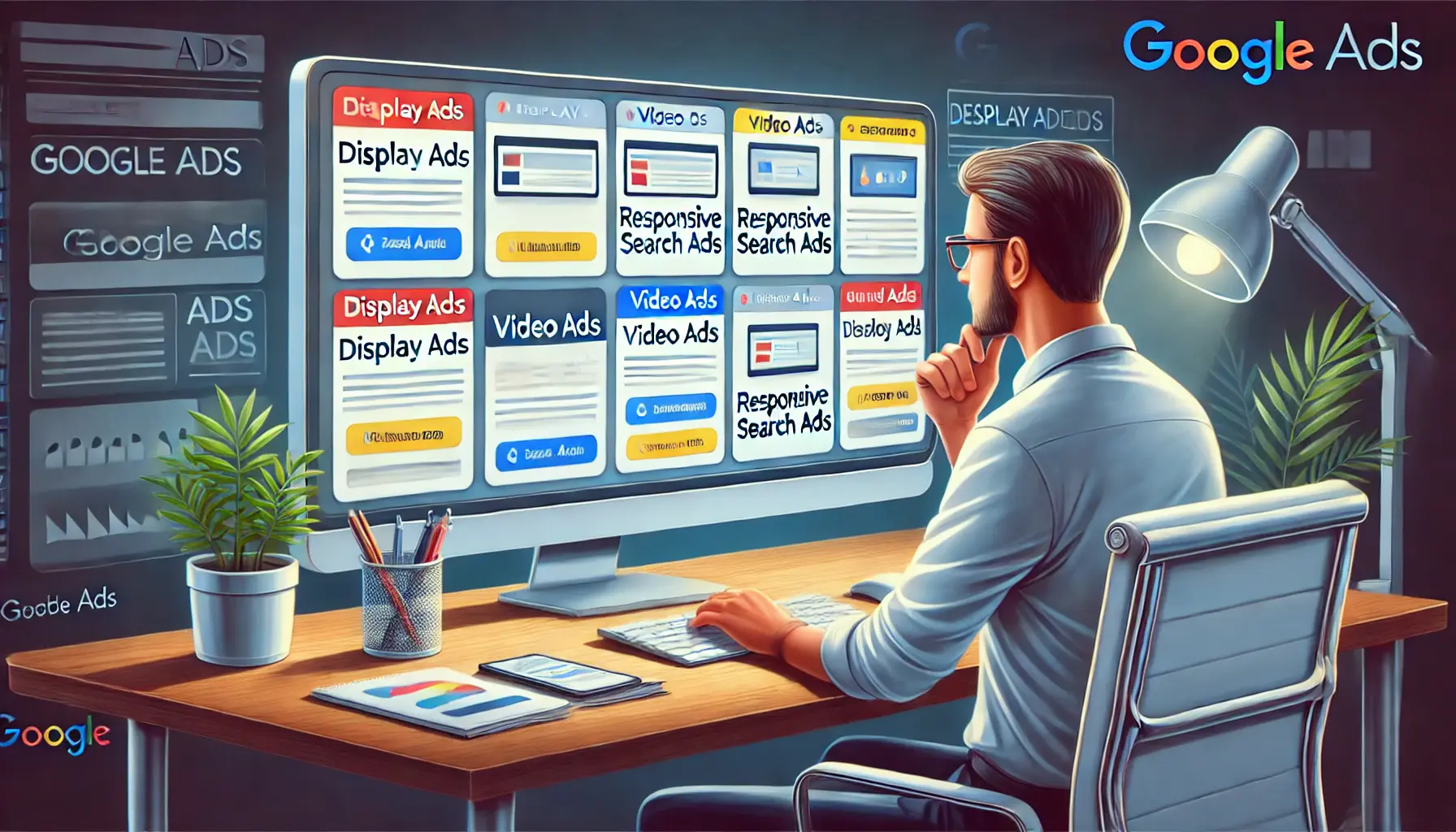
Illustration showing the process of selecting the right ad formats for Google Ads campaigns based on campaign goals.
Choose the Right Ad Formats for Google Ads
Google Ads offers a variety of formats that support interactivity, such as display ads, video ads, and responsive search ads.
Selecting the right format depends on your target audience and campaign goals.
- Display ads: Ideal for showcasing interactive elements like swipeable galleries or click-to-buy features.
- Video ads: Perfect for immersive experiences, such as 360-degree videos or gamified content.
- Responsive search ads: Allow personalized messaging to reach users with tailored content.
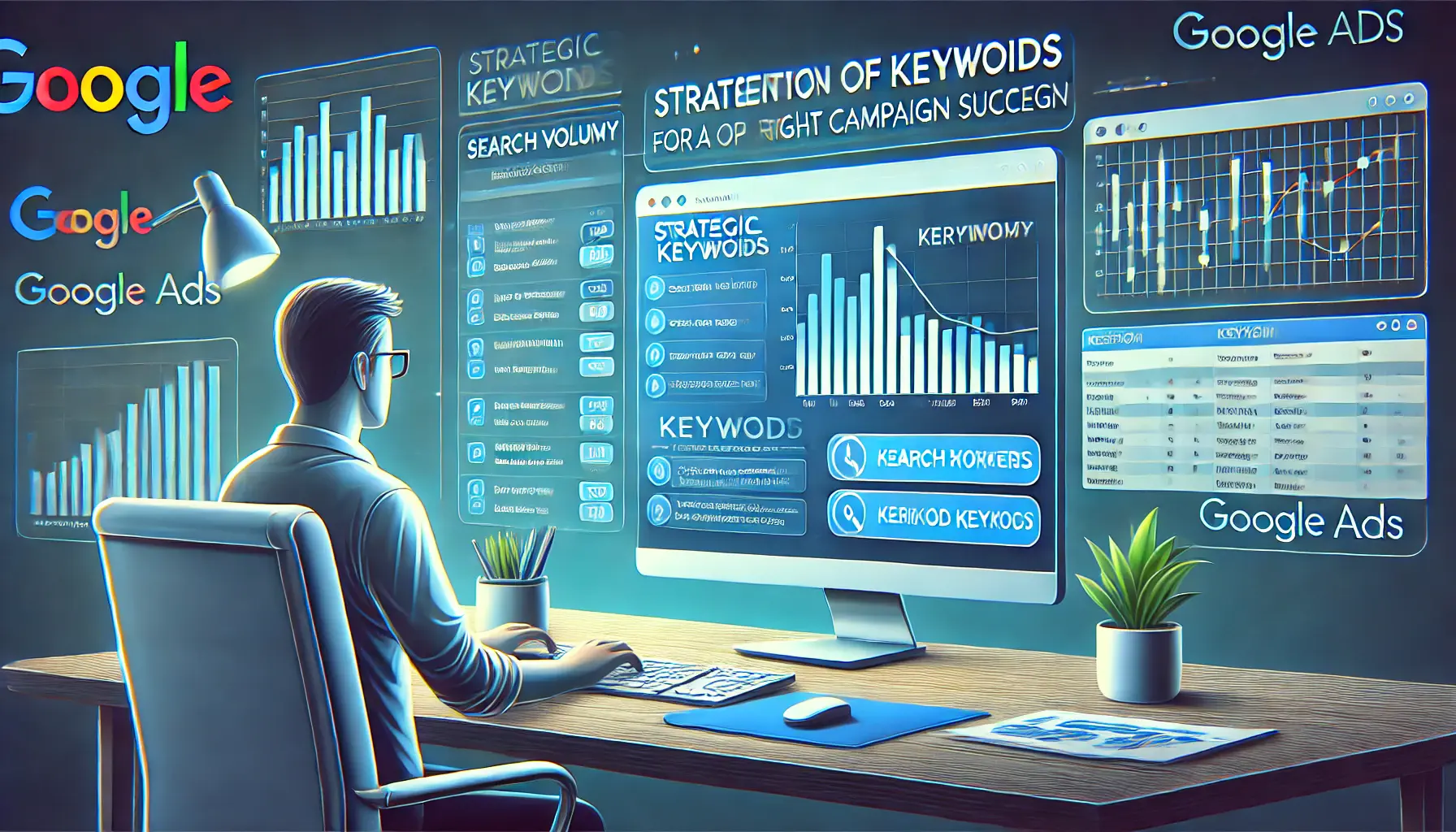
Illustration depicting the process of strategically integrating keywords to optimize Google Ads campaign performance.
Integrate Keywords Strategically
Keywords play a crucial role in ensuring your interactive ads reach the right audience.
Conduct thorough keyword research to identify terms that align with your campaign goals and audience intent.
Use these keywords naturally in your ad content and descriptions.
- Incorporate high-intent keywords to drive conversions.
- Utilize long-tail keywords to target niche audiences effectively.
- Leverage Google’s Keyword Planner for insights on trending terms.

Illustration demonstrating the process of testing and iterating ad performance through A/B testing in digital marketing.
Test and Iterate Ad Performance
A/B testing is essential to determine which interactive ad elements resonate best with your audience.
Regularly analyze metrics such as click-through rates, engagement duration, and conversions to refine your strategy.
- Experiment with different calls-to-action to identify what drives clicks.
- Run tests on different interactive features, such as polls or gamified elements, to determine which performs better.
- Leverage heatmaps and user feedback to understand ad interaction patterns better.

Illustration demonstrating the process of aligning interactive ads with campaign goals through data analysis and ad feature adjustments.
Align Interactive Ads with Campaign Goals
Your interactive ads should be closely aligned with your overall campaign objectives, whether it’s driving traffic, generating leads, or boosting sales.
Clearly define what success looks like and design your ads accordingly.
- For lead generation, focus on features like polls and quizzes to capture user information.
- To increase sales, highlight click-to-buy buttons or personalized recommendations.
- Ensure your ad content aligns with your landing pages for a seamless user experience.

Illustration showing a digital marketer analyzing Google Analytics data to optimize digital marketing campaign performance.
Leverage Google Analytics for Performance Insights
Google Analytics is a powerful tool to monitor the performance of your interactive ads.
Use it to gain insights into user behavior, identify drop-off points, and refine your ads to achieve better results.
- Track key metrics like bounce rates, session duration, and conversion paths.
- Identify which ad formats and features drive the most engagement.
- Refine your targeting according to demographics and audience interests.
Optimizing your interactive ads for Google Ads campaigns is a blend of strategic planning, creative execution, and data-driven decision-making.
By following these best practices, you’ll maximize the effectiveness of your campaigns and achieve your marketing goals.
In the final section, we’ll explore emerging trends that will shape the future of interactive advertising.
Optimization requires choosing the right ad formats, integrating strategic keywords, and aligning ad features with campaign objectives.

undefined
Future Trends in Interactive Advertising
The world of advertising is ever-changing, and interactive ads are at the forefront of this evolution.
With advancements in technology and shifts in consumer behavior, interactive advertising is poised to become even more immersive and personalized.
Here are some key trends that will shape the future of interactive advertising.

undefined
The Role of AI and Machine Learning in Personalization
AI and machine learning are rapidly changing how advertisers create and deliver interactive ads.
Through the analysis of user behavior and preferences, AI makes it possible to serve highly targeted and personalized advertising experiences.
This not only enhances engagement but also ensures that the ads resonate with the audience.
- Real-time adaptation of ad content based on user interactions.
- Predictive analytics to anticipate user preferences.
- Enhanced personalization through dynamic ad elements.

Illustration demonstrating the use of interactive video ads with shoppable features, allowing users to shop directly from the video.
Interactive Video Ads and Shoppable Features
Video ads will increasingly take on a life of their own through hotspots, clickability, and shoppable links.
The ability to explore products and services right within the ad allows users to engage in a frictionless shopping experience.
- Clickable links to product pages or checkout.
- Shopping carts within ads for instant purchases.
- Interactive storytelling to keep users engaged while exploring offerings.

Illustration depicting the use of voice-activated ads in digital marketing, emphasizing their growing potential for seamless user interaction.
Voice-Activated Ads and Their Growing Potential
With the rise of smart speakers and voice assistants, voice-activated adsAdvertisements that allow users to interact using voice commands through smart devices. are gaining traction.
These ads allow users to interact with brands through voice commands, making the experience more convenient and engaging.
- Voice-triggered actions, such as product searches or purchases.
- Integration with smart home devices for a connected experience.
- Improved accessibility for users with limited mobility.

Illustration highlighting the impact of 5G technology on interactive advertising, with smooth, real-time experiences like augmented reality and 360-degree videos.
5G and Its Impact on Interactive Advertising
The rollout of 5GThe fifth generation of mobile networks, offering faster internet speeds and lower latency for enhanced connectivity. networks is bound to extend and improve the capabilities of interactive ads.
With higher internet speeds and lower latency, richer, more immersive experiences like AR and VR ads will be possible.
- High-quality streaming of 360-degree videos along with AR experiences.
- Real-time interaction without lag or buffering.
- Complex ad formats supported on mobile devices.
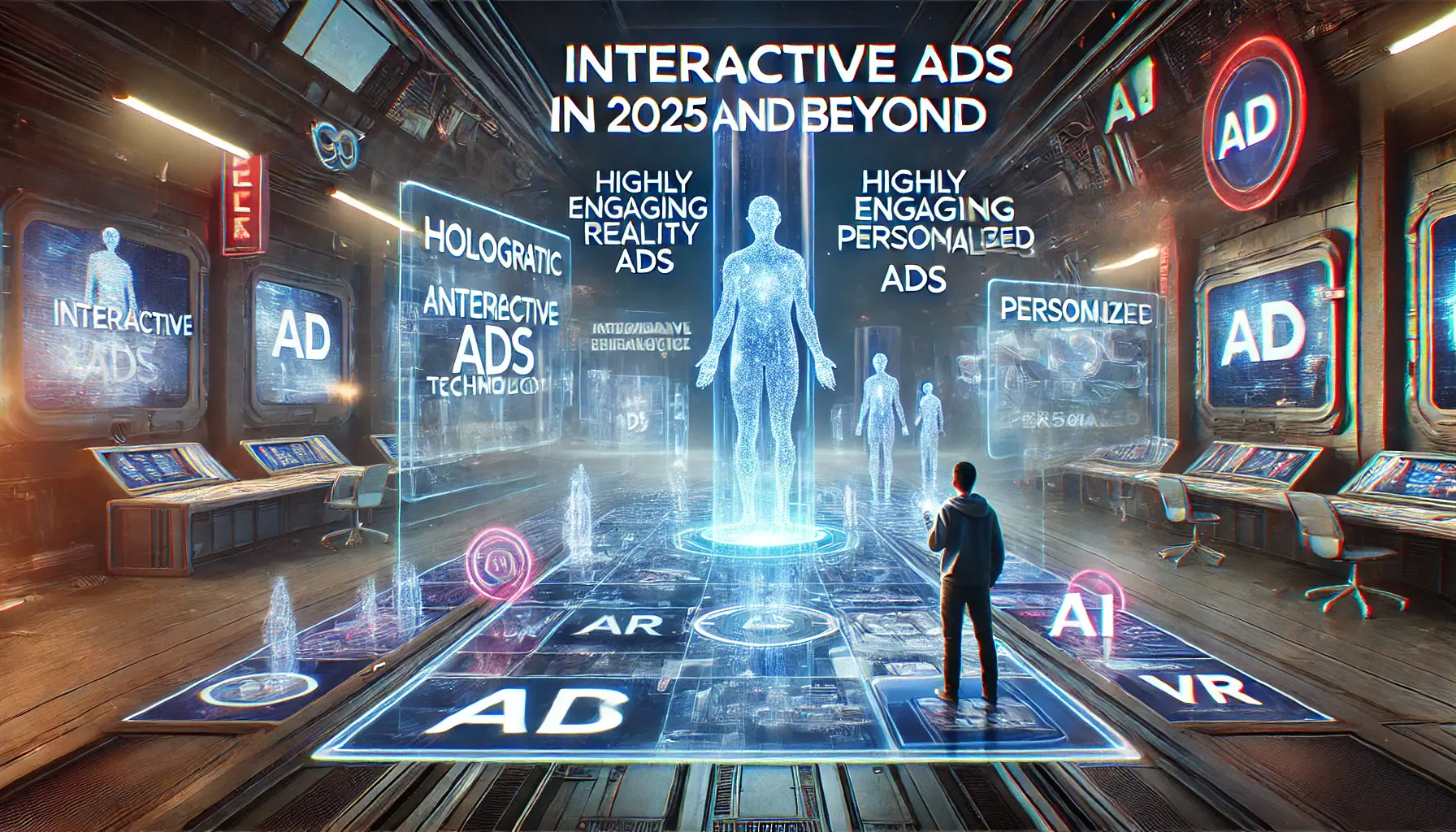
Illustration showcasing the predicted advancements in interactive ads for 2025 and beyond, including immersive technologies like AR, VR, and AI.
Predictions for Interactive Ads in 2025 and Beyond
As technology continues to advance, the possibilities for interactive ads are virtually limitless.
By 2025, we can expect:
- Widespread adoption of immersive technologies like AR and VR in ads.
- Greater use of AI to automate and optimize ad creation.
- Increased focus on sustainability and eco-friendly ad formats.
The future of interactive advertising is bright, continuing to offer innovative ways in which brands can connect with their audiences.
By staying on top of these trends, marketers can ensure their interactive ads remain impactful and relevant within the ever-changing digital landscape.
- AI enables real-time personalization.
- 5G supports richer, lag-free interactive experiences.
- Voice-activated ads make interactions more accessible and intuitive.

undefined
The Power and Potential of Interactive Ads
Interactive ads have revolutionized the digital marketing landscape by creating meaningful connections between brands and their audiences.
From enhancing engagement metrics to driving conversions, these ads offer immense potential to marketers willing to embrace innovation.
As we’ve explored throughout this article, integrating interactive ads into your campaigns is no longer an option but a necessity for staying competitive in the modern advertising ecosystem.

Illustration showcasing the key takeaways from interactive ads, with a digital marketer reviewing engagement and performance data.
Key Takeaways from Interactive Ads
Let’s recap the core benefits and strategies discussed:
- Enhanced Engagement: Features like gamification and swipeable galleries captivate users and keep them invested in your brand message.
- Personalization: AI and machine learning enable tailored ad experiences, ensuring relevance and boosting user satisfaction.
- Seamless Integration: Formats like click-to-buy and shoppable video ads streamline the customer journey, making conversions effortless.
- Future-Proof Strategies: Embracing trends such as voice-activated ads and leveraging 5G technology ensures your ads remain impactful in an evolving market.

Illustration highlighting why interactive ads represent the future of digital marketing, featuring immersive technologies like AR, VR, and AI.
Why Interactive Ads Are the Future
The rapid advancement of technology continues to push the boundaries of what’s possible with interactive ads.
With tools like augmented reality, voice activation, and AI personalization becoming mainstream, these ads are set to redefine how brands engage with their audiences.
By staying informed and adopting emerging trends, businesses can position themselves at the forefront of digital innovation.

Illustration depicting a digital marketer reflecting on the effectiveness of their digital advertising strategy and campaign results.
Final Thoughts
Interactive ads are more than just a tool—they are a strategic asset for any modern marketer.
By leveraging their unique strengths, brands can not only achieve their marketing goals but also build lasting relationships with their customers.
Whether you’re optimizing for Google Ads or exploring future technologies, the key lies in creating meaningful, engaging experiences that resonate with your audience.
Now is the time to tap into the power of interactive ads and unlock their full potential.
The future of advertising is interactive, and those who adapt will be leading the way in shaping the digital marketing landscape.
Interactive ads revolutionize marketing by offering personalized, engaging, and results-driven advertising strategies.

Illustration depicting a discussion about frequently asked questions regarding interactive ads, with elements representing gamification, AR, and personalized content.
Your campaigns can be managed by an agency specialized in Google Ads, check out our service page.
Frequently Asked Questions About Interactive Ads
Interactive ads are transforming the way brands engage with their audiences.
Below are some of the most common questions about this innovative advertising format, along with concise answers to help you better understand their potential.
Interactive ads are digital advertisements that actively engage users by allowing them to interact with the content, such as through clicks, swipes, or voice commands, making the experience more dynamic and memorable.
Interactive ads are effective because they capture attention, encourage user participation, and foster deeper connections with audiences, resulting in higher engagement, better brand recall, and improved conversion rates compared to traditional static ads.
Industries like e-commerce, real estate, automotive, entertainment, and tourism benefit greatly from interactive ads due to their ability to showcase products, services, or experiences in engaging and immersive ways.
Interactive ads use AI and data analytics to tailor content based on user preferences, behaviors, and demographics, ensuring a highly personalized experience that resonates with the target audience and increases ad effectiveness.
Popular tools like Google Web Designer, Canva, and Adobe Animate can help create interactive ads.
Platforms like Google Ads and social media networks also support interactive ad formats with built-in creation and management tools.
Yes, interactive ads are suitable for small businesses.
They can be created cost-effectively using simple tools and platforms, providing a unique way to engage audiences and compete with larger brands in the digital space.
Interactive ads improve conversion rates by reducing friction in the customer journey, offering features like click-to-buy buttons or interactive product showcases that guide users seamlessly from interest to purchase.
5G enables richer, more immersive interactive ads by supporting faster loading times, high-quality streaming, and real-time interactions.
This greatly improves user experience and allows for more advanced ad formats such as AR and VR ads on mobile devices.
Yes, Google Ads supports interactive ad formats such as display and video ads.
These can include features like clickable elements, swipeable galleries, and dynamic CTAs to engage users effectively within the platform.


